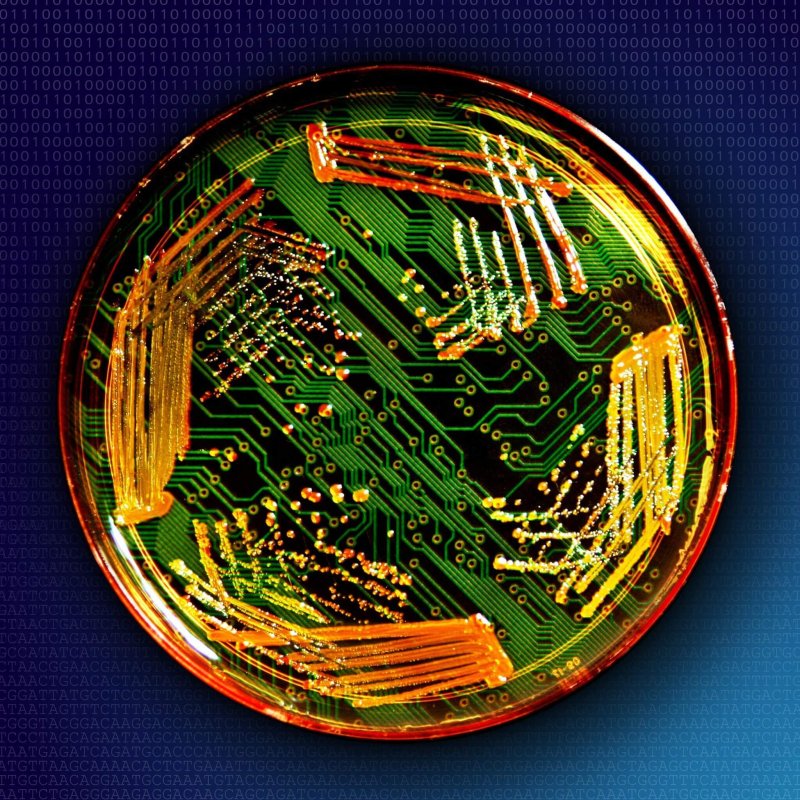In 2011, two separate research teams—one in Holland, the other in Wisconsin—set out to repair this “defect” in H5N1. By carefully manipulating the bug’s genome, they soon had something just as lethal as the classic edition, but also wildly contagious.
[Rob Reid is an entrepreneur, venture capitalist and author of four books, including his latest: After On: A Novel of Silicon Valley]
These advances aren’t intrinsically evil or saintly. They’re just astoundingly powerful. I explored them in a TED talk, which released [June 18], and is embedded below. In it, I conjure a little ghost story—one I wish was implausible, but is anything but. Imagine it’s 2026, and a brilliant virologist creates a bug more lethal and transmissible than that mutant H5N1 flu. Hoping to advance science and better understand pandemics, they also design it to incubate for months within bodies before causing outbreaks. This could let it infect much of the world before the first whiff of danger.
Synthetic biology could yield a level of human flourishing that defies imagination. But to paraphrase my friend Naval Ravikant, technologies this powerful are like a coin with immortality stamped on one side—and annihilation on the other.
This is a coin we must not flip. Foresight and action can plant it firmly on the ground, with the correct side up.
Read full, original post: In the not-so-distant future, “synbio” could lead to global catastrophe—maybe































